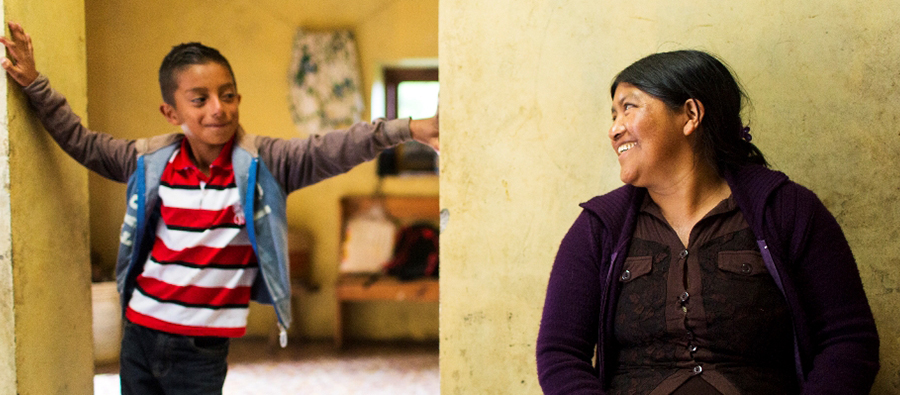Emiliano Dominguez is a small-scale farmer living in the mountains of western Honduras. He is 35 and has three children. Like a large proportion of the 1.5 billion small-scale farmers around the world today, Emiliano used to farm less than 2 hectares, live on less than $2 a day and struggled to provide for his family.
However, four years ago things changed when he took part in a USAID-led project to teach farmers sustainable agricultural practices, give them access to inputs, such as seeds and crop protection, and link them to secure markets.
Today Emiliano has a healthy crop of maize, potatoes and strawberries, he has bought more land and he can ably support his family. His story is not unique. Between 2011 and 2015 USAID’s Honduran project, which included a range of public and private sector partners, including CropLife International, lifted more than 6,000 smallholder farmers out of poverty and the prevalence of underweight children under two-years-old decreased by 50 percent as their diet improved.

Emiliano Dominguez, 33, is a strawberry, beans and potato farmer in western Honduras.
This was a small but important contribution towards the Millennium Development Goals (MDGs), launched in 2000, which had a target to halve the proportion of people suffering from hunger by 2015. Galvanized into action, the global community as a whole made enormous progress towards its target and by 2014 the rate of malnourishment in the developing world had fallen to 12.9 percent from a high of 23.3 percent in 1990.
Rising incomes – both in rural and urban areas – was recognized as one essential factor in tackling hunger. The United Nation’s 2015 report on the MDGs noted that the Caucasus and Central Asia, Eastern Asia, Latin America and South-Eastern Asia all reached their MDG hunger target, due mainly to rapid economic growth in the past two decades.
But the challenge ahead remains huge. Today there are still almost 800 million people that suffer from hunger and over 160 million children under age five are stunted due to insufficient food. Against that backdrop, the Sustainable Development Goals (SDGs) were launched in 2015 with a target to eradicate hunger entirely by 2030.
To keep up the momentum from the MDGs the public sector must play a critical part in creating the enabling environment for the implementation of the SDGs. According to a report from the Business and Sustainable Development Commission, there is potential to double current yields, raise incomes and tackle hunger and poverty – but this would require a significant change in farming practices and smallholders need to be shown, and have access to, the benefits of advanced inputs and farming techniques.
When the benefits do come, the market must be ready. In Ethiopia the use of improved seeds and inputs, accompanied by good weather, led to a significant increase in maize production in 2002. However, farmers couldn’t benefit from the surplus due to poor and expensive transport links. Because the extra maize didn’t reach the large markets, local maize prices more than halved. The lesson is that agricultural transformation requires substantial investment in infrastructure and connections to market as well as improved inputs and farming practices.
Collaboration is also key. The USAID Honduras project worked because it involved public and private sector partners from across the agri-food chain. CropLife International bought expertise in integrated pest management while USAID had the infrastructure on the ground. The success in Honduras is emblematic of the impact that public-private partnerships can have on sustainable development around the world. Bringing 21st century practices to rural farmers in the developing world may seem like a daunting task, but when done well it changes lives.
The world’s 1.5 billion smallholder farmers have the highest incidence of poverty among all sectors of the global economy. But if we commit to giving technology, extension services, access to capital, inputs and markets then we will see increased yields and incomes and a reduction in hunger and poverty. Improving the lives of this huge group must be a priority in efforts to end global hunger.



